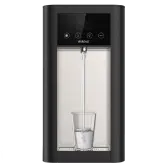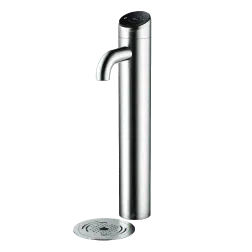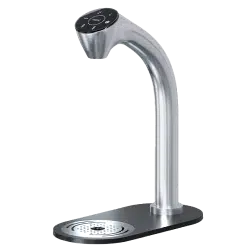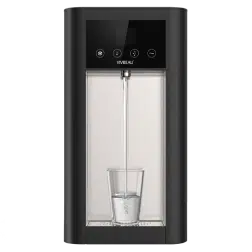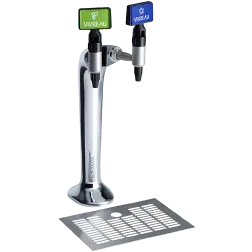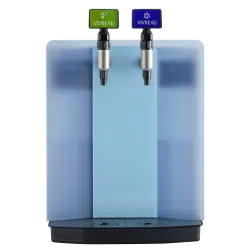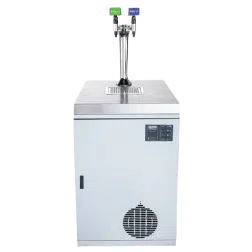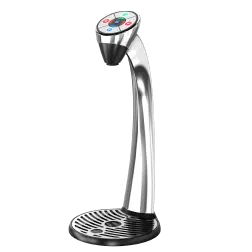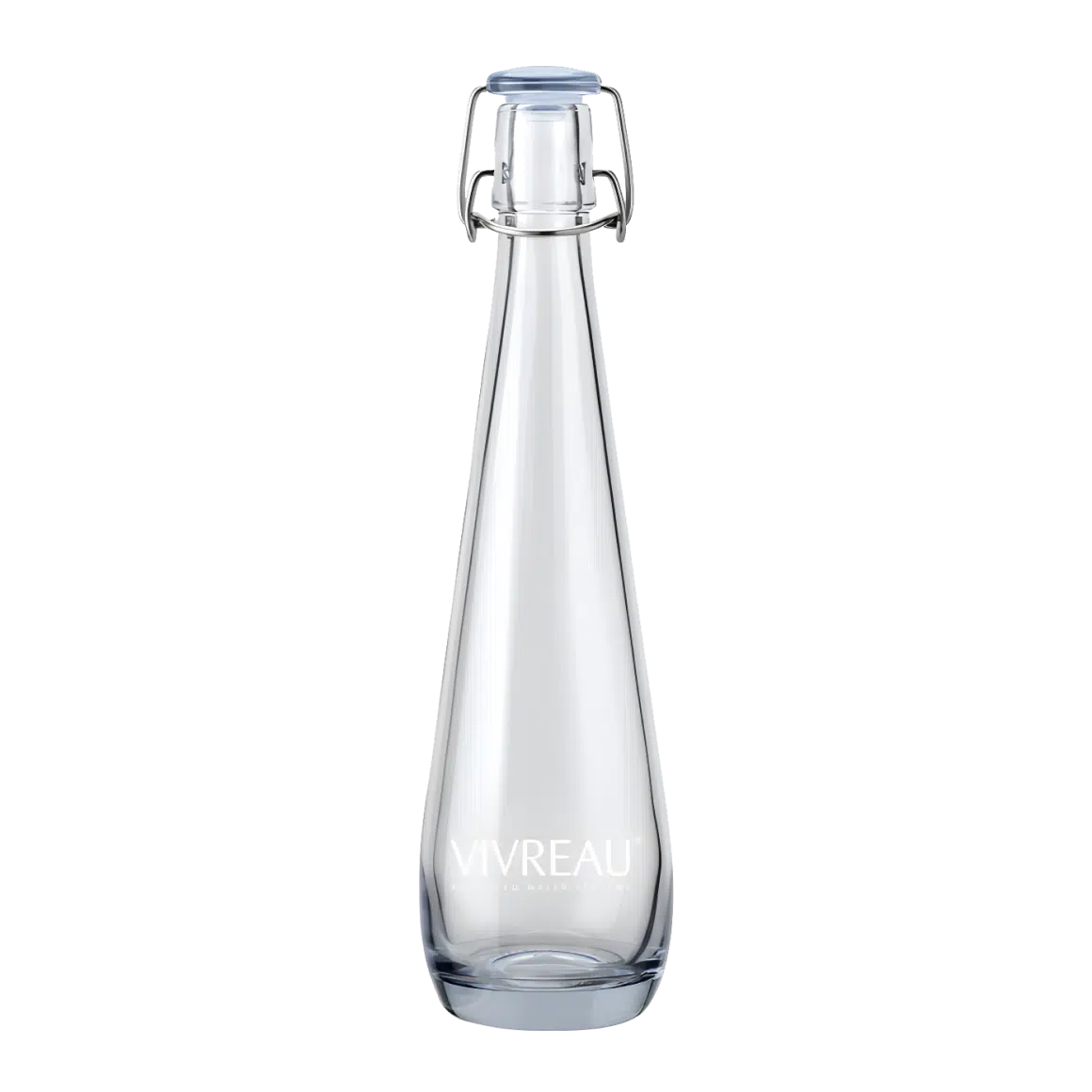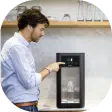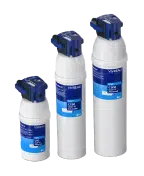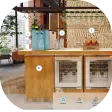Worldwide plastic production is approaching 400 million metric tons annually
The extensive use of plastic, particularly the existence of micro-nano plastics, has raised significant concerns. Due to their smaller size compared to microplastics (1 µm to 5 mm in length), nanoplastics (<1 μm) are even more concerning. At Vivreau, we are deeply committed to understanding and addressing sustainability challenges and strive to find solutions. Therefore, it is imperative that we attentively listen to scientists dedicating their time to researching these issues.
Filtered by Vivreau: Q&A about nanoplastics in bottled water
In February 2024, we had the chance to speak to Naixin Qian, PhD Candidate at Columbia University. Together with her research team, they unveiled a groundbreaking study introducing a novel technique enabling the analysis of micro-nano plastics at the individual particle level.
Filtered by Vivreau is the ultimate Q&A, refined to highlight the crucial facts and insights.
Q: Can you provide a brief background on your study and why you chose nano plastics as your subject matter?
Our study on nano plastics arose from a request of the environmental science department at Columbia University. They highlighted the urging issue of nano plastics pervading our environment, yet the lack of tools to accurately assess their presence and quantity.
Recognizing this gap, we collaborated to develop a solution leveraging our microscopy expertise. Over two years, we optimized our microscopy platform, developed analytical workflows, and algorithms to automate plastic identification. This project not only addressed a critical environmental challenge but also aligned with my research interests, allowing me to lead the project as part of my PhD studies with Dr. Wei Min, biophysicist at the Columbia University as the study coauthor.
The journey from inception to publication in January 2024 was both challenging and rewarding, marking a significant milestone to identify extremely small sized plastic fragments in bottled water.
Q: What makes your new technique special compared to other methods?
Unlike older methods limited to either large particles or unable to identify nanoplastics’ chemical composition, we created a stimulated Raman scattering (SRS) imaging platform that offers a unique capability to image and identify nanoparticles as small as 100 nanometers. It provides a holistic view of nanoplastics, distinguishing their chemical identities and sizes, which was previously challenging.
Q: What were the main results of your study?
The algorithm we developed allowed us to conduct an automated particle analysis on water bottles. For the proof of concept, we used water samples from three popular US brands of bottled water where we found the seven most common plastics, the majority of them were nanoplastics.
Q: Are there any unexpected findings from your research?
One surprising discovery was the diversity of plastic composition present in seemingly pure water samples. We initially anticipated common packaging materials, but our analysis revealed a broader range of plastic types.
Q: Do you foresee increased awareness and concern regarding plastic pollution and its potential health impacts?
Absolutely. Our study received significant press attention, indicating a growing public concern about plastic pollution’s implications. While more research is needed to understand its health effects fully, it is crucial for the scientific community to address public concerns and conduct further investigations.
Q: What steps would you personally recommend addressing plastic pollution?
Understanding the extent of plastic pollution is the first step. Regulations and policies can then be tailored based on scientific findings. Additionally, developing alternatives to plastic and promoting sustainable practices can help mitigate plastic pollution’s impact on the environment and human health.
Q: Are there specific areas of research you plan to focus on in the future?
Our team is currently investigating plastic pollution in everyday items, such as clothing fibers released during laundry. We also look at tap water, which also has been shown to contain microplastics. Additionally, we are collaborating on studying the biological impacts of nanoplastics. Our goal is to continue to explore the complexities of plastic pollution and inform evidence-based solutions.
Naixin Qian’s research sheds light on the issue of plastic pollution, and we look forward to seeing the continued impact of her work in the upcoming years.
With our mission at Vivreau: “Changing the way people drink water sustainably” we are deeply committed to investing in initiatives aimed at fighting plastic pollution.
We support our customers to reduce costs, waste, and CO2 emissions by offering sustainable alternatives to ordering, transporting, and storing pre-bottled water:
